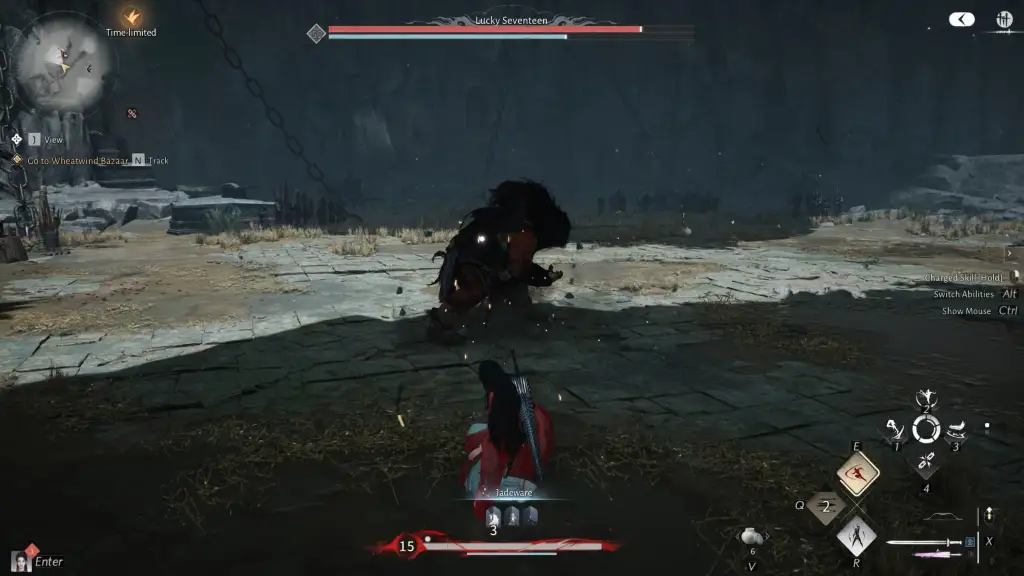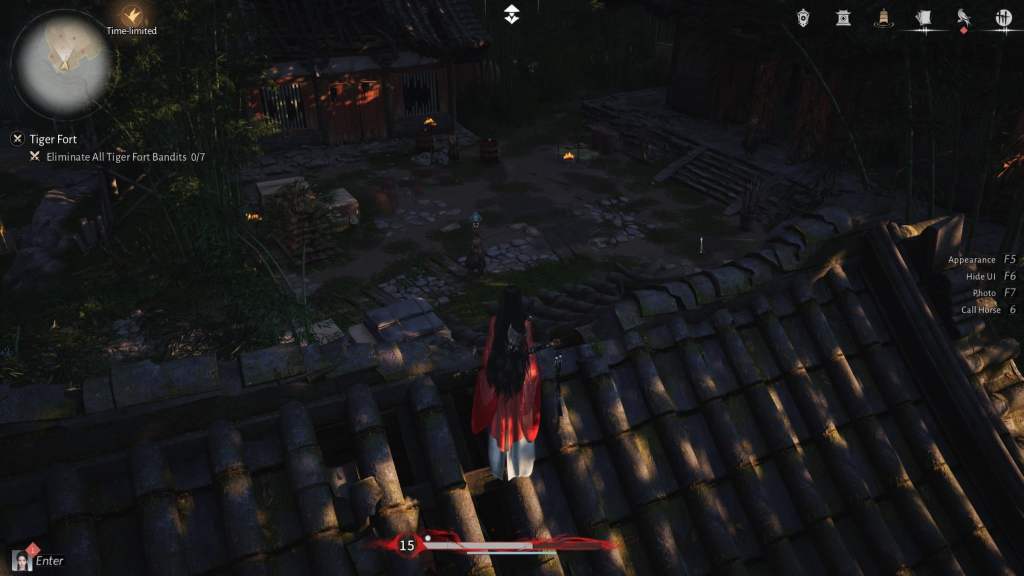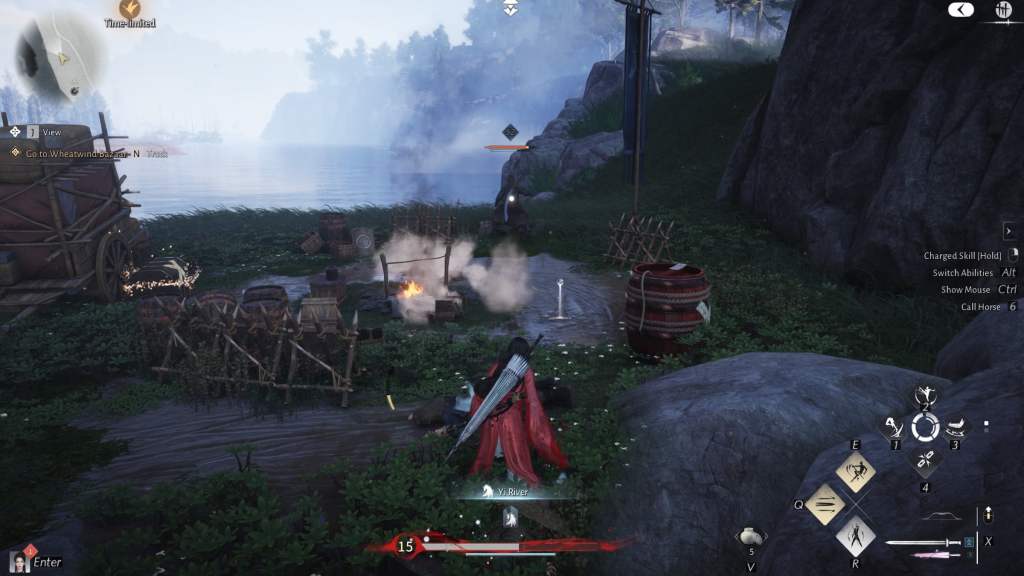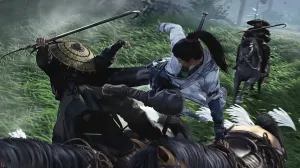Legend difficulty in Where Winds Meet sounds pretty harmless on paper. You can only select it when creating a character, and once that choice is locked in, there is no turning it on later. That one decision shapes your entire playthrough before you even take your first step. As soon as you load in with a Legend character, the whole vibe of the world hits you differently. Even walking into a new area carries that tiny spark of dread because every enemy is capable of folding you if you slip. There is no casual warm-up period. You start the game already in danger with a prologue boss that will fold you quickly.
Videos by ComicBook.com
This instant rise in tension is what pushes the whole experience toward a Soulslike identity. The game stops letting mistakes slide. It stops being polite. It stops giving you harmless missteps. Instead, it demands you think and adapt to every fight like it is a test of your fundamentals. The focus shifts from comfort to mastery. That pressure is familiar to anyone who loves Soulslikes because it is the exact energy those games are built on. It is the purest form of challenge. It is the game looking at you and saying, “Prove it.”
What Makes Legend Difficulty So Brutal

Legend only tweaks two things. Enemies hit harder and survive longer. That is all the mode changes, yet somehow it turns the game into something that feels completely different. When an enemy’s damage gets pushed high enough, you do not get to make sloppy mistakes. A single hit can ruin your rhythm or put you one bad dodge away from defeat. If you get greedy even for a second, you feel it instantly. There is no comfort window, no safe autopilot. You have to play with intention because the game openly punishes carelessness faster than you can blink.
With enemy health increased, fights no longer end before you learn anything. You can’t breeze through them and hope your damage carries you. You stay in the fight long enough for patterns to actually matter. You start paying attention. You start learning attack tells and timing gaps. You notice when an enemy slightly shifts to signal a different combo move. Every encounter becomes a small lesson that mentally stacks and stays with you over time. That is what every Souls fan craves. They want a challenge that forces improvement, not difficulty that just inflates numbers for the sake of it. Legend delivers the real thing because every fight now lasts long enough to expose your weakness and teach you a lesson.

And then there is the psychological pressure attached. When you choose Legend difficulty, the game gives you a cosmetic indicator that shows everyone you committed: a sort of boss counter that increases with each boss killed on Legend. When someone sees it, they know you are playing with fire on purpose. They know you stepped into the higher difficulty out of pride, not safety. It becomes a flex, a quiet signal that you chose suffering and you intend to wear that suffering like armor. But this is where things get spicy. If you ever decide to lower the difficulty for that character, even one time, you lose the ability to turn Legend back on. The cosmetic red glow disappears for good. That choice stays locked in forever.
This adds a whole new layer to the experience because you are not just fighting enemies. You are fighting the urge to pull the ripcord when things get tough. You know the second you lose patience, the second you hit that option, the entire run changes forever, and your bragging rights vanish. It is a brutal but exciting rule because it forces commitment. It keeps the whole experience high stakes. Soulslike players thrive on that kind of pressure because it makes the victories taste even sweeter.
How Combat and Exploration Change Under Pressure

Under Legend difficulty, combat becomes the heart of the entire experience. You cannot mash your way through battles and hope for the best. You have to evaluate and commit to openings, staying aware of everything happening around you. When you dodge, you dodge with purpose. When you attack, you choose the right moment instead of swinging wildly. When you back off, you give yourself room to breathe instead of panicking. It creates the same hypnotic flow that makes Soulslikes addictive. You lock into the rhythm of the fight. You feel yourself improving. You feel the tension rising and falling like a heartbeat.
Exploration changes just as much. You start checking corners. You pace yourself when entering a new area. You look around before engaging because you know one bad pull can turn into a disaster. Even simple wandering becomes a cautious dance. The world feels more alive because everything in it is a threat. You treat every encounter like it matters because it does. You take nothing for granted, and strangely, this makes the world feel richer.

The rewards feel better, too. Surviving a brutal fight gives you that high that Souls fans live for. You get to say you won because you learned, not because you got lucky or relied on healing, or relied on the game deflecting for you. You look at the cosmetic that marks your commitment and feel proud because you earned it through focus and stubbornness. And when you finally adapt to the pressure, the whole experience becomes a celebration of skill, patience, and personal pride.
Legend difficulty may not overhaul the whole game mechanically, and it’s definitely not for everyone, but the impact it has on your mindset transforms Where Winds Meet into something far more deliberate. It becomes a full Soulslike experience wrapped in Wuxia style. It becomes a reminder that difficulty is not just about numbers, and if you can handle that, Legend difficulty is the perfect playground for showing off exactly how good you really are.
What do you think? Leave a comment below and join the conversation now in the ComicBook Forum!









